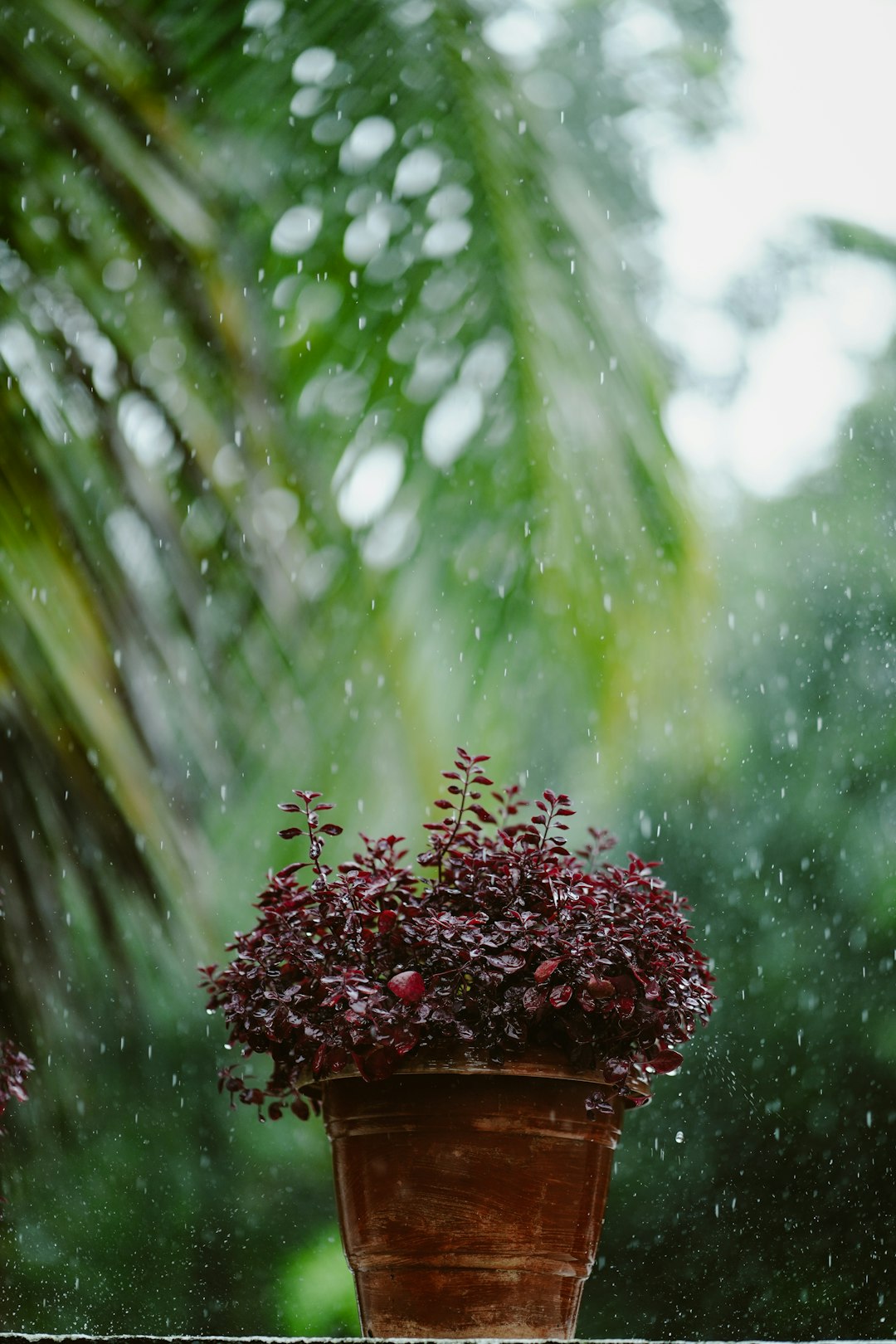Unveiling the Culprits: Basil-Eating Pests in Your Garden

When it comes to gardening, few things are as frustrating as discovering that your precious basil plants are being devoured by pests. Basil, with its fragrant leaves and versatile uses in the kitchen, is a favorite among gardeners. However, it is also a target for various pests that can quickly damage or even destroy your plants. In this article, we will explore how to spot and identify basil - eating pests in the garden and what steps you can take to address these issues.
One of the most common basil - eating pests is the aphid. These tiny insects are usually green, black, or brown and can be found clustered on the undersides of basil leaves. Aphids suck the sap from the plants, causing the leaves to curl, yellow, and eventually die. To spot aphids, carefully examine the leaves of your basil plants. You may notice a sticky substance called honeydew on the leaves, which is a tell - tale sign of an aphid infestation. If you see small, pear - shaped insects moving on the leaves, you've likely found aphids. To get rid of aphids, you can start by spraying a strong stream of water on the plants to dislodge them. You can also use insecticidal soaps or neem oil, which are natural and effective ways to control aphids.
Another pest that loves basil is the Japanese beetle. These metallic green and bronze beetles are about half an inch long and have a voracious appetite for basil leaves. They typically feed in groups, leaving behind skeletonized leaves. To identify Japanese beetles, look for their distinctive appearance on the basil plants. You'll often see them munching on the leaves during the day. To deal with Japanese beetles, you can hand - pick them off the plants and drop them into a bucket of soapy water. You can also use pheromone traps, but be careful as they may attract more beetles to your garden. Additionally, applying a layer of diatomaceous earth around the base of the plants can help deter Japanese beetles.
Slugs and snails are also common pests in basil gardens. These slimy creatures are most active at night and leave large, irregular holes in the basil leaves. To spot slugs and snails, check your plants in the early morning or after a rain, as they tend to hide during the day. You may find their silvery slime trails on the leaves and soil. To control slugs and snails, you can create barriers around your basil plants using materials like crushed eggshells or copper tape. You can also set up beer traps. Bury a shallow container in the soil and fill it with beer. The slugs and snails will be attracted to the beer and drown in it.
Spider mites are another pest that can cause problems for basil plants. These tiny arachnids are difficult to see with the naked eye, but you may notice fine webbing on the leaves and a stippled appearance. Spider mites thrive in hot, dry conditions and can quickly multiply. To prevent spider mite infestations, keep your basil plants well - watered and mist the leaves regularly to increase humidity. If you already have a spider mite problem, you can use a miticide or a homemade spray made from garlic and water.
In addition to these common pests, there are other insects and critters that may target your basil plants. For example, caterpillars can chew through the leaves, and whiteflies can cause yellowing and stunted growth. It's important to regularly inspect your basil plants for any signs of pests. By catching the problem early, you can take appropriate action to protect your plants.
When dealing with basil - eating pests, it's also important to consider the overall health of your garden. A healthy garden is more resistant to pests. Make sure your basil plants are planted in well - drained soil, receive adequate sunlight, and are properly watered. Avoid over - fertilizing, as this can attract pests. You can also companion plant with herbs like mint and rosemary, which can help repel some pests.
In conclusion, identifying and dealing with basil - eating pests is an essential part of successful basil gardening. By being vigilant and taking proactive steps, you can keep your basil plants healthy and productive. Whether it's using natural remedies or more traditional pest control methods, there are many options available to help you protect your precious basil from these unwanted visitors.